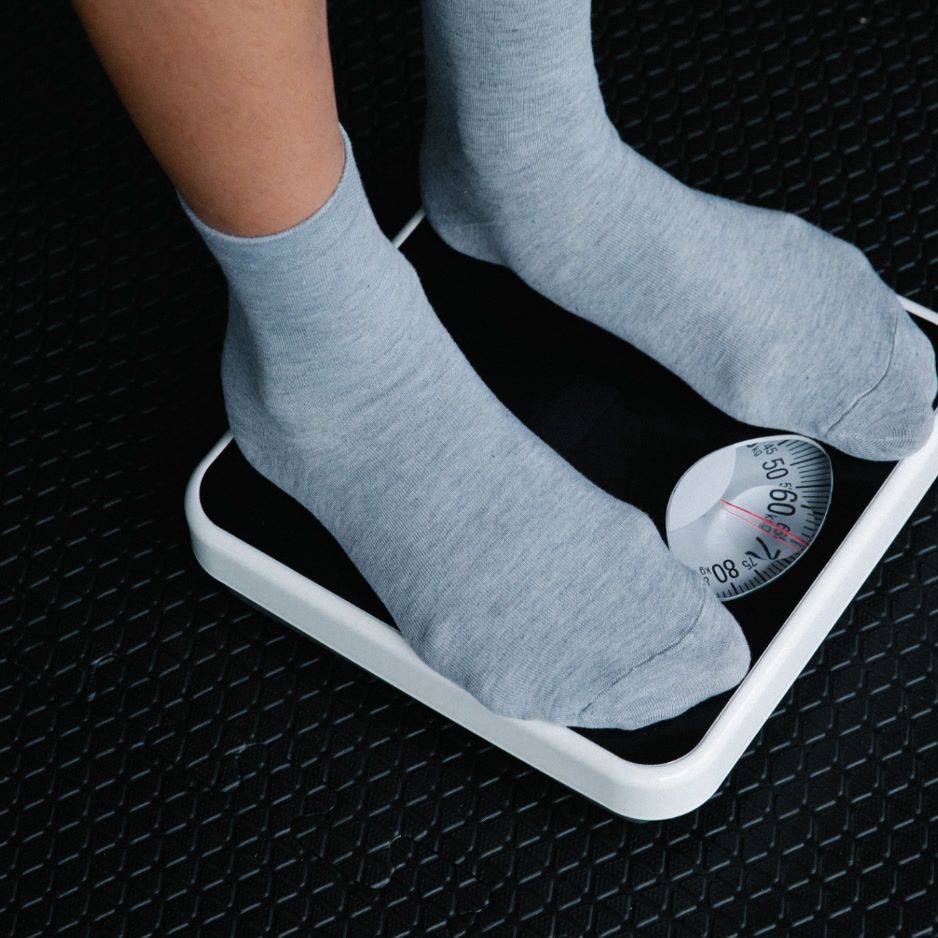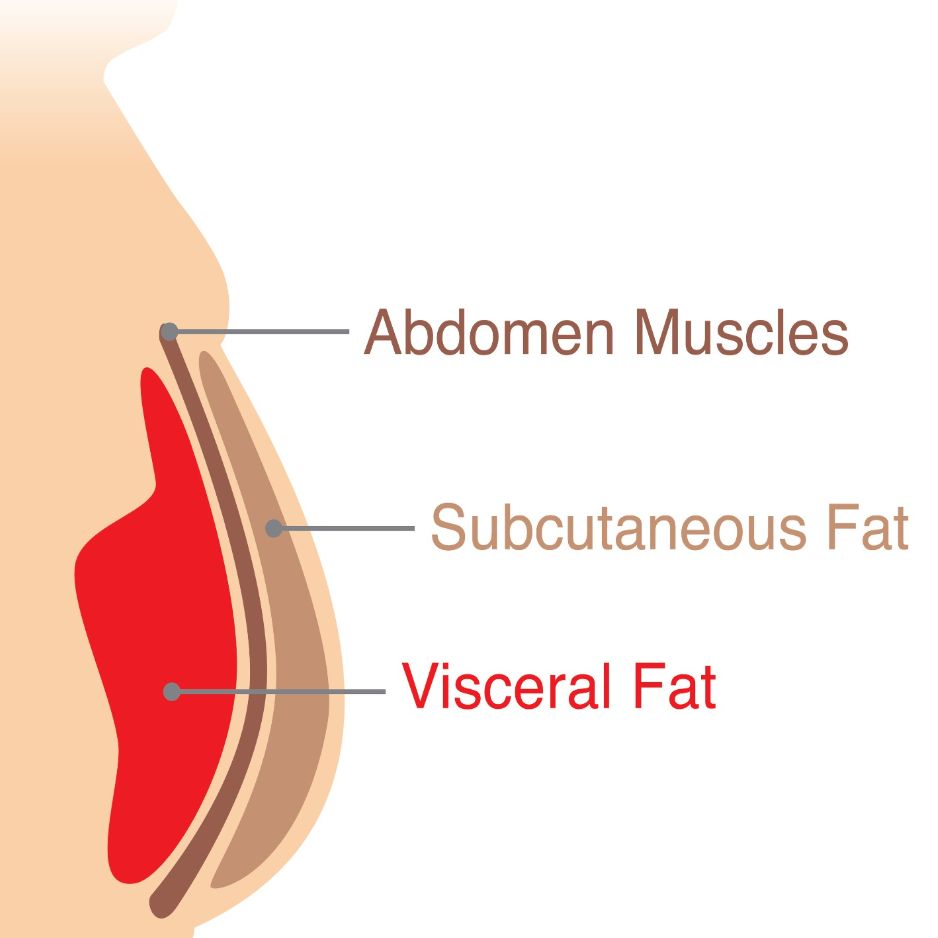Morbid Obesity: Risks, Diagnosis, and Treatments

Morbid Obesity: Risks, Diagnosis & Treatments
Class III obesity—formerly called morbid obesity—affects nearly 1 in 10 U.S. adults and is defined as a body-mass index (BMI) of 40 kg/m² or higher, or at least 35 kg/m² when paired with an obesity-related condition such as type 2 diabetes or sleep apnea. The National Institutes of Health warns that the condition can shorten life expectancy by up to 14 years.
Table of Contents
- Why the Term “Morbid” Is Going Out of Style
- How Common Is Class III Obesity?
- BMI vs. Body Composition: Why BMI Alone Falls Short
- Health Risks Linked to Class III Obesity
- What Causes Morbid Obesity?
- Diagnosis: What to Expect
- Treatment Options—Lifestyle to Surgery
- Emerging Therapies to Watch
- How to Use DEXA Results to Pick the Right Plan
- Tracking Progress Beyond the Scale
- Frequently Asked Questions
- Key Takeaways & Next Steps
Why the Term “Morbid” Is Going Out of Style
The word morbid carries a negative, even frightening connotation. While it was originally coined in 1963 to secure insurance coverage for weight-loss surgery, many experts now prefer person-first, stigma-reducing language like “Class III obesity,” as explained by the Cleveland Clinic. The medical definition hasn’t changed—only the label.
The following classifications are based on BMI ranges defined by the World Health Organization:
| BMI Category | BMI (kg/m²) |
|---|---|
| Underweight | < 18.5 |
| Normal weight | 18.5–24.9 |
| Overweight | 25.0–29.9 |
| Obesity Class I | 30.0–34.9 |
| Obesity Class II | 35.0–39.9 |
| Obesity Class III | ≥ 40.0 |
Source: World Health Organization BMI classification
How Common Is Class III Obesity?
- Severe (Class III) obesity affects 9.4 % of American adults, according to a 2024 CDC data brief summarizing survey data from 2017–2022.
- Prevalence is higher in women (12.1 %) than men (6.7 %).
- Rates peak between ages 40–59 and are disproportionately high in non-Hispanic Black populations.
This high prevalence is a significant public health issue, as the condition is strongly associated with elevated rates of cardiovascular disease, metabolic disorders, several cancers, and premature mortality (CDC).
BMI vs. Body Composition: Why BMI Alone Falls Short
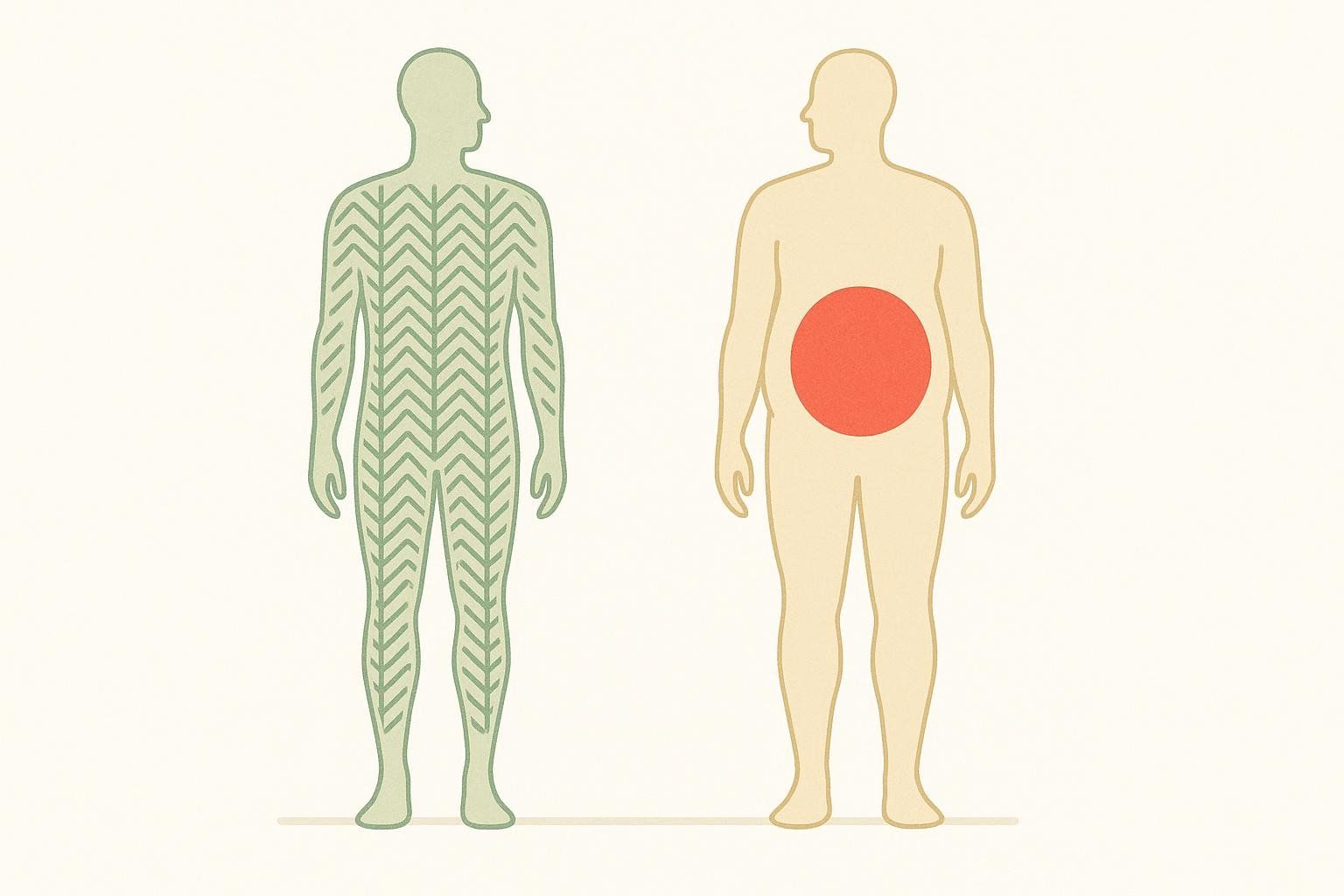
BMI is a quick screening tool, but it doesn’t measure fat distribution, lean mass, or bone density. That’s crucial information when you’re deciding on treatment and tracking progress.
- A pro athlete with lots of muscle can have a BMI > 30 and not be obese.
- Two people with the same BMI can have drastically different amounts of visceral fat—the deep belly fat most linked to disease.
A DEXA scan gives a precise snapshot of fat mass, lean mass, bone health, and even visceral fat in a 10-minute session. Learn how it works in our post “DEXA Scan: Body Fat, Muscle, and Bone Density Testing”.
For a side-by-side comparison of BMI and body-fat percentage (plus a built-in calculator), read “BMI vs Body Fat Percentage: Which Reflects Your Health Better?”.
Health Risks Linked to Class III Obesity
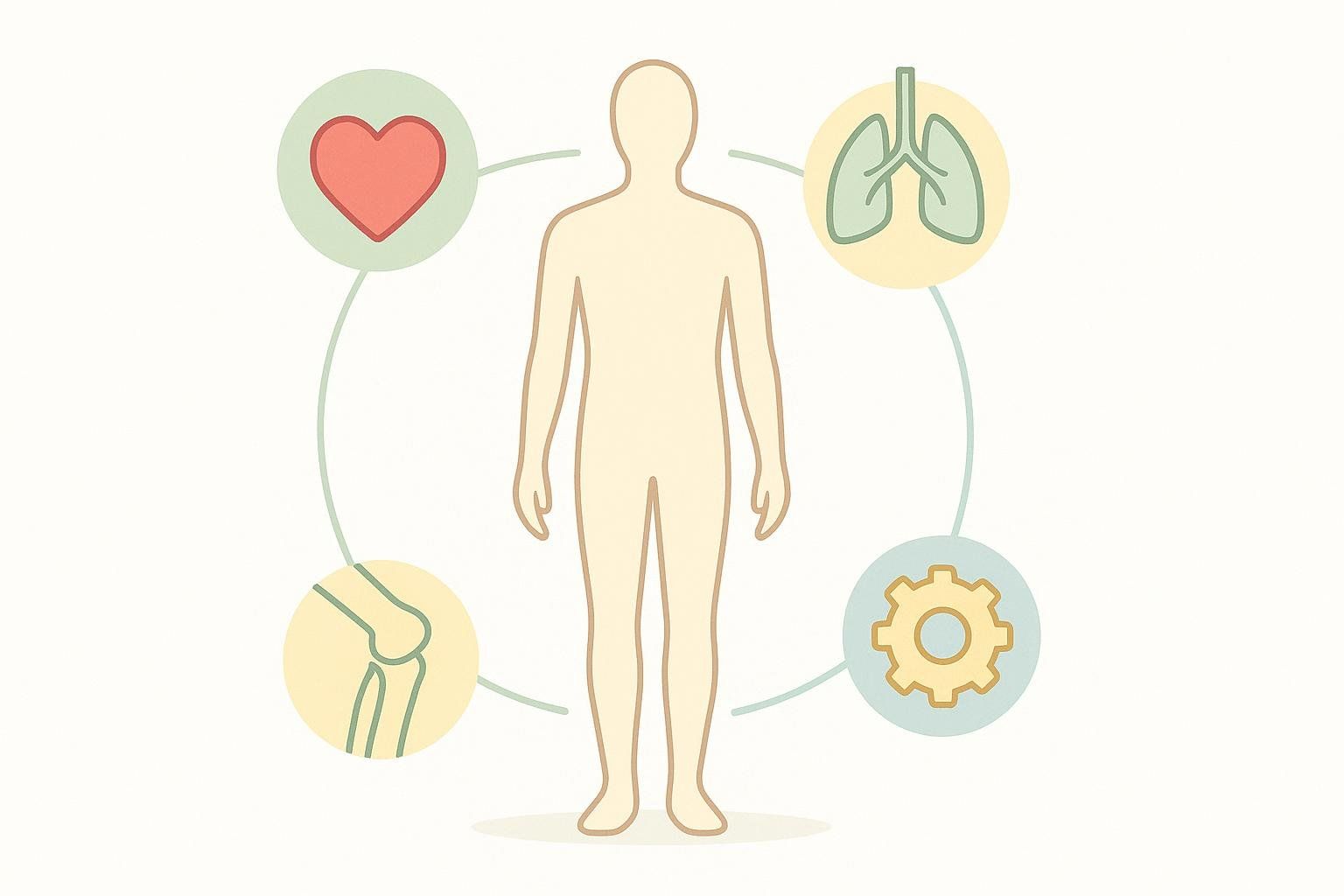
Class III obesity can affect multiple organ systems and is linked to a range of serious conditions, according to the Centers for Disease Control and Prevention.
Cardiometabolic
- Type 2 diabetes
- High blood pressure
- Coronary artery disease & heart failure
- Stroke
Respiratory
- Obstructive sleep apnea
- Obesity hypoventilation syndrome (OHS)
Hormonal & Reproductive
- Polycystic ovary syndrome (PCOS)
- Infertility & pregnancy complications
Musculoskeletal
- Osteoarthritis (knees, hips, spine)
- Low-back pain
Cancer Risk
Higher rates of colorectal, breast, pancreatic, and liver cancers, according to the Cleveland Clinic.
Mental Health
- Depression & anxiety
- Weight-related stigma and social isolation
What Causes Morbid Obesity?

Class III obesity is multifactorial, meaning it rarely has a single cause.
| Category | Examples |
|---|---|
| Energy imbalance | Consuming more calories than the body expends over time |
| Genetics & Epigenetics | Variants in the FTO and MC4R genes are associated with higher obesity risk |
| Hormonal disorders | Hypothyroidism, Cushing’s, PCOS |
| Medications | Corticosteroids, some antidepressants & antipsychotics |
| Environmental | Food deserts, lack of safe sidewalks, endocrine-disrupting chemicals |
| Psychosocial | Chronic stress, trauma, sleep deprivation |
Most people experience several of these drivers at once, which explains why long-term management requires a multi-pronged approach.
Diagnosis: What to Expect
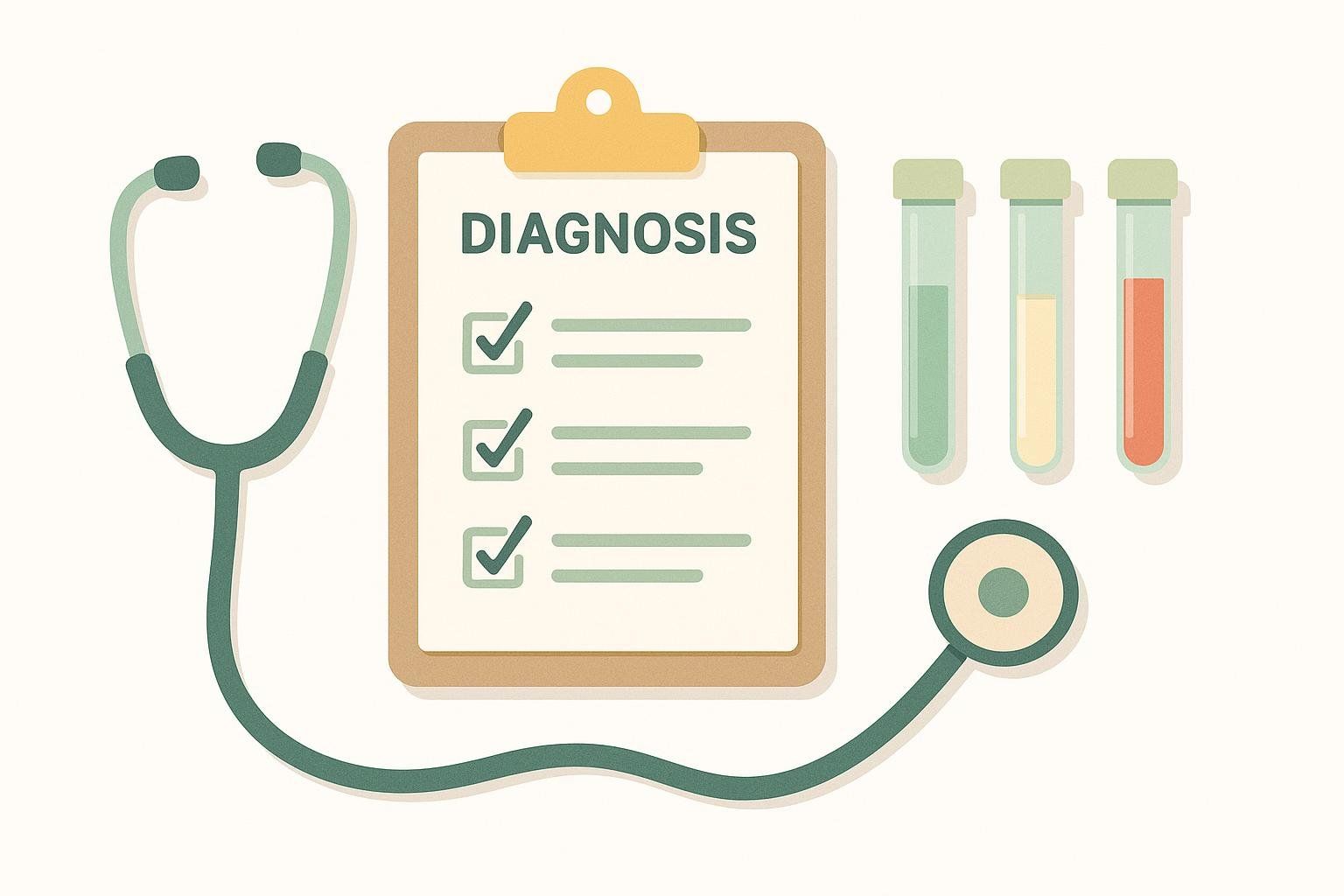
- Initial clinical assessment—BMI and waist circumference to screen for elevated risk.
- Detailed body-composition testing—DEXA scans or BIA scans quantify visceral fat, lean mass, and bone density.
- Laboratory work-up
- Fasting glucose & HbA1c
- Lipid panel
- Liver & kidney function
- Thyroid-stimulating hormone (TSH)
- C-reactive protein (inflammation)
- Specialty tests—sleep study, EKG, or hormonal panels based on symptoms.
Treatment Options—Lifestyle to Surgery
Successfully treating Class III obesity usually means layering multiple strategies rather than relying on a single silver bullet.
1. Lifestyle Foundations

| Pillar | Evidence-Based Goal |
|---|---|
| Nutrition | Create a 500–800-cal daily deficit via a whole-food diet (DASH, Mediterranean) |
| Physical Activity | ≥ 150 min/week moderate cardio plus 2 days resistance training |
| Sleep | 7–9 hours/night to balance appetite hormones |
| Stress Management | CBT, meditation, social support |
Even 5–10 % weight loss can improve blood pressure, glucose, and triglycerides.
2. Behavioral & Psychological Therapy
Cognitive Behavioral Therapy (CBT) and Dialectical Behavior Therapy (DBT) improve eating patterns and emotional regulation, boosting long-term adherence to lifestyle changes.
3. Anti-Obesity Medications

A growing list of FDA-approved drugs can enhance weight loss when combined with lifestyle changes. For example, GLP-1 receptor agonists such as semaglutide 2.4 mg delivered an average 15 % body-weight reduction in a landmark 2021 NEJM trial.
| Drug Class | Example | Typical Weight Loss |
|---|---|---|
| Lipase inhibitor | Orlistat | 5–7 % |
| Sympathomimetic | Phentermine | 5–10 % |
| GLP-1 receptor agonist | Semaglutide 2.4 mg | ~15 % |
| Dual GIP/GLP-1 agonist | Tirzepatide | ~22.5 % in the SURMOUNT-1 trial |
Medications are generally approved for BMI ≥ 30, or ≥ 27 with comorbidities.
4. Endoscopic Procedures
- Endoscopic sleeve gastroplasty (ESG)
- Intragastric balloon
These outpatient interventions typically produce 15–20 % average weight loss and involve no external incisions.
5. Bariatric Surgery

| Procedure | Excess Weight Loss | Notes |
|---|---|---|
| Gastric sleeve | 60–70 % | Most common; removes ≈ 80 % of the stomach |
| Gastric bypass | 70–80 % | Highest rates of type 2 diabetes remission |
| Adjustable band | 40–50 % | Less popular due to re-operation risk |
Eligibility: BMI ≥ 40, or BMI ≥ 35 with comorbidities; documented weight-loss attempts; psychological clearance.
Many bariatric programs advise a 5–10 % pre-operative weight loss to shrink liver volume and improve surgical safety (Bariatric Times).
Emerging Therapies to Watch
- Triple-agonist drugs (GLP-1/GIP/glucagon) such as retatrutide have demonstrated approximately 24 % weight loss at 48 weeks in a 2023 phase 2 NEJM trial.
- Cagrilintide combined with semaglutide pairs an amylin analogue with a GLP-1 agonist, achieving around 20 % weight loss at 68 weeks in a 2023 phase 2 Lancet study.
- Endoscopic duodenal mucosal resurfacing improves glycemic control and yields modest weight reduction, as shown in a 2022 Gut study.
- Orforglipron, an oral non-peptide GLP-1 agonist, achieved up to 14.7 % weight loss at 36 weeks in a 2023 phase 2 NEJM trial.
How to Use DEXA Results to Pick the Right Plan
A detailed body-composition report arms you with specific, actionable data. Bring your DEXA numbers to your healthcare visit and ask these evidence-based questions:
- Visceral Fat (VAT) Score
Ask which interventions (GLP-1 medication, ESG, or gastric bypass) have the best track record for rapidly reducing visceral fat when your VAT exceeds the healthy threshold (<1 lb, BodySpec Visceral Fat Chart). - Lean-Mass Index
Based on my lean mass of [X] lbs, what daily protein target and resistance-training plan will help preserve muscle while I lose weight? - Bone Mineral Density (BMD)
With a lumbar spine T-score of [Y], should we avoid very-low-calorie diets or incorporate bone-supportive therapies during weight loss? - Regional Fat Distribution
My DEXA report shows most fat stored abdominally. Would an early referral to sleep medicine or a continuous positive airway pressure (CPAP) trial be appropriate before other interventions? - Progress Benchmarks
How often should we repeat DEXA to confirm that weight loss comes primarily from fat—not muscle—and adjust medications if needed?
These data-driven questions help your care team tailor treatment intensity—medication dose, surgery type, nutrition, and exercise—to your unique physiology.
Tracking Progress Beyond the Scale

Weight alone can hide what’s really changing. DEXA scans quantify:
- Total fat mass vs. lean mass—ensuring you preserve muscle while losing fat.
- Visceral fat grams—a key predictor of metabolic health.
- Bone mineral density—critical data if you’re restricting calories.
Read how clients reduced visceral fat after structured weight loss in “The Impact of Weight Loss on Visceral Fat: Insights from BodySpec Scans”.
Frequently Asked Questions
Is morbid obesity considered a disability?
Under the Americans with Disabilities Act, obesity may qualify as a disability when it substantially limits major life activities. Eligibility is assessed on a case-by-case basis, so consult your HR department or legal professional.
How much weight do I need to lose before surgery?
Many bariatric programs recommend a 5–10 % pre-operative weight loss to shrink the liver and improve surgical safety (Bariatric Times).
Will insurance cover GLP-1 drugs like semaglutide?
Coverage varies. Many insurers require prior authorization, documented lifestyle attempts, and specific BMI/comorbidity thresholds.
Can I still gain muscle mass while losing large amounts of weight?
Yes—if you eat adequate protein (1.2–1.6 g/kg) and perform resistance training at least twice weekly (Journal of Cachexia, Sarcopenia and Muscle, 2022).
Key Takeaways & Next Steps
- Class III obesity is treatable. Even a 5–10 % weight loss can deliver major health gains.
- Combine treatment strategies. Lifestyle changes are foundational, but medications and procedures can amplify results when indicated.
- Use your data. Objective body-composition metrics—visceral fat, lean mass, and bone density—allow you and your doctor to choose the most effective, personalized plan.
- Objective measurements drive better care. Starting with clear baseline data enables data-driven interventions and more accurate tracking of progress and complications.
Ready to get your baseline? Schedule a BodySpec DEXA scan today and take the first—and most informed—step on your journey.
This article is for educational purposes and is not a substitute for professional medical advice. Always consult your healthcare provider for decisions about diagnosis or treatment.

